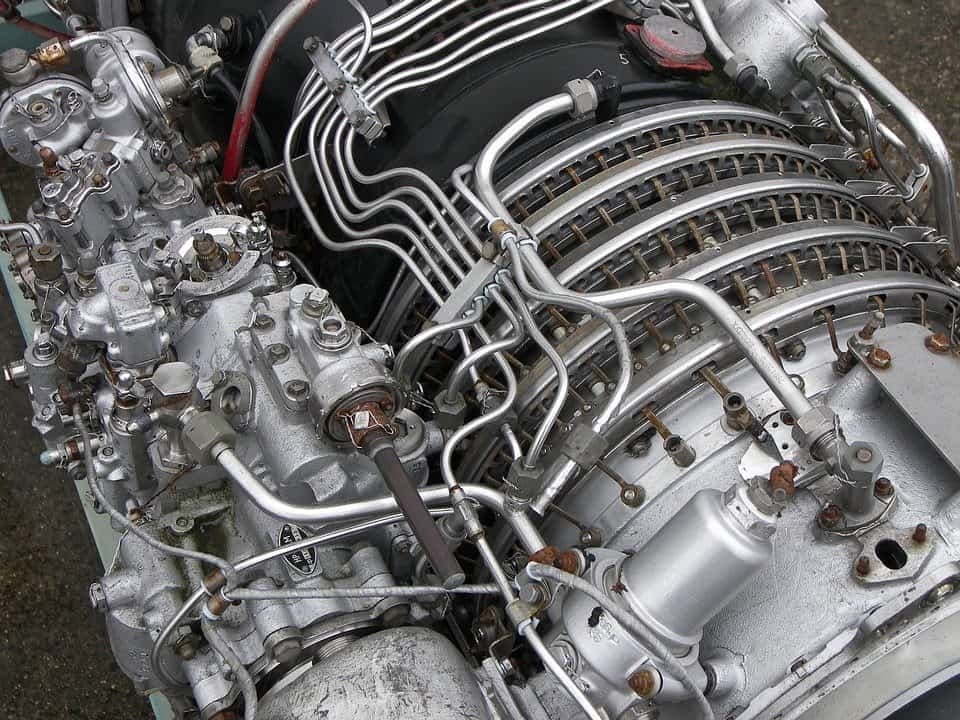4) TAG. It was a obstruction and quality control issue where balancing rods were not properly secured and came out
For full disclosure (for newcomers here) on the 2018/19 TAG rotor problem ...(carbon composite matched with carbon spar design)
Rotor blades serial # 1-20 =
mark1
Original leading edge weights were leadshot in resin ...moulded sticks! .....tricky to handle & labor-intensive to place in rotor mold!
The sub-contacted composite manufacturer of TAG rotors... changed the leading edge weight to a steel rod. =
mark2. serial#21-89
A new hire ...incorrectly supervised/trained ...evidently did not clean the steel rods on 2 blades that were manufactured consecutively!
2 blades had leading edge steel-rod weights that were not bonded to the encasing matrix. These blades ended up on 2 different rotors.
Both rotors ended up on folding-mast design machines. The first accident review initially focused on the folding mast plates! The rotor was buried in an asbestos landfill and never able to be re-examined after the second accident 3 months later when the rod was determined to be missing in one blade!
Extensive testing on sacrificial blades showed it
impossible to
pound out or draw out that rod with forces FAR ABOVE flight forces.
ASRA officials refused to accept all the engineering evidence & research on the static & dynamic testing on the engineered modification to install a safety-mod to that group of rotors! (those rotors are not approved to be used in Australia!)
Neil personally travelled in July/August 2019 to his international TAG owner's in Israel,USA & South Africa to install the safety mod! EVERY single rotor opened up proved to have SOLID well -fixed leading edge balance rods that were then modified with addition of 150% of the engineer approved glass plugs& heavier-duty end-caps!
Several months PRIOR to either accident ...TAG Aviation had
redesigned the leading edge weight ...returning to the leadshot encased in resin concept ...only now the shot is encased in a fiber open weave stocking ...and resin poured ...in the mold! =
Mark 3/ current rotor design serial # 90+
Since 2020 ... the rotor mold was relocated from the WA Composite sub-contractor to TAG factory in NSW ...and rotor blades NOW MADE IN HOUSE ...personally by Neil!




